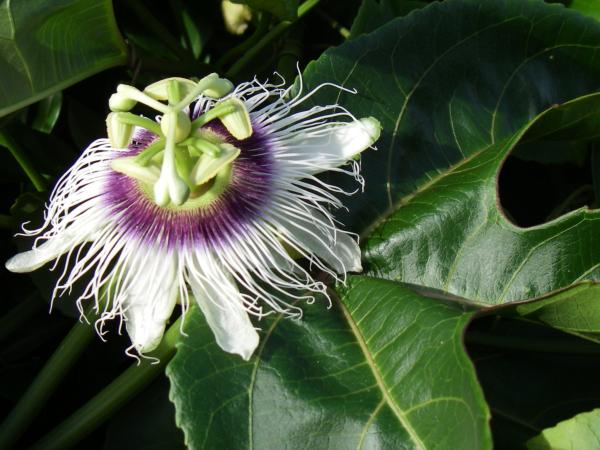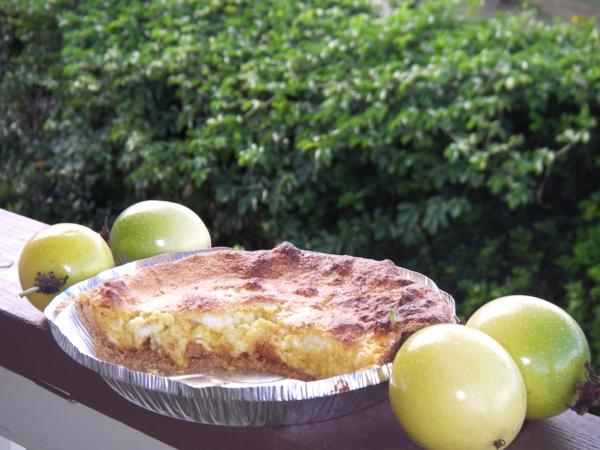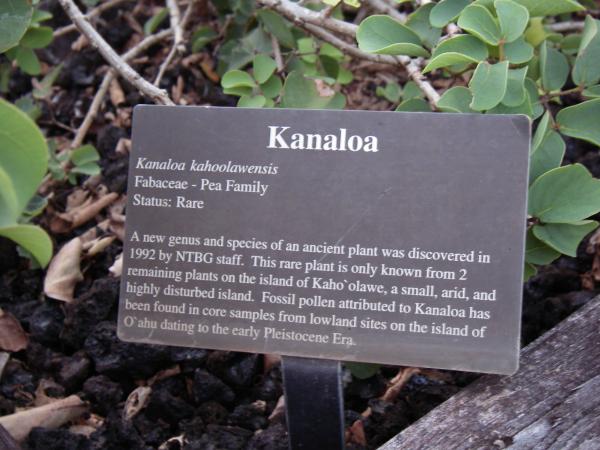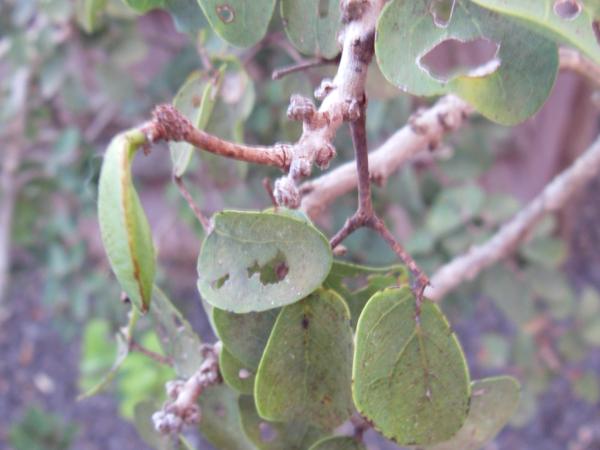No, it’s not one of the Hawaiian islands, those are already all taken. But it’s the closest you can get: Johnston Atoll is around 750 miles (1200 km) SW of Kaua’i. And it has all the trappings of a tropical paradise: 4 islands making up almost 700 acres in a blue lagoon, 20 miles of fringing reef, migrating birds, incredible diving, palm trees, deserted beaches, not to mention a runway to land your private A380 (747’s are old school now).
Johnston Island with the runway, and smaller Sand Island in the forground, atoll reef not shown:
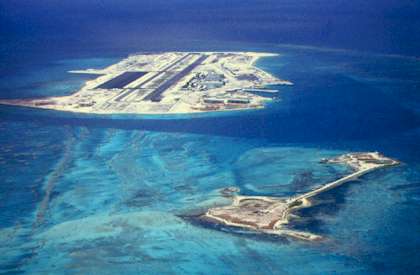
Source: propertydisposal.gsa.gov
BUT… the source of that photo should give you pause, because the US government hasn’t been kind to isolated islands in the Pacific, and Johnston is no exception. The “listing” for this island on the “property disposal” website gives us a few clues:
The deed will contain use restrictions because the atoll was used by the Defense Department for storage of chemical munitions and as a missile test site in the 1950’s and 60’s. The island can be used as a residence or vacation getaway but it does not have utilities or a water supply. The airstrip and the golf course are closed.
After reading that, the big thought in my mind was “Can the airstrip and golf course be rehabilitated?” But you should really be thinking “When the government admits to a missile test site and chemical munitions storage, what is it really hiding?”
Fortunately, the CLUI (Center for Land Use Interpretation and maybe government website interpretation) fills us in on the details: the missiles were of course nuclear warheads detonated above the island, the munitions storage was actually a chemical weapons incinerator, and the government forgot to mention the open-air biological weapon tests. While all that was supposedly cleaned up, again according to the government, there is the little detail of radioactive debris from failed nuclear rockets which first rained down on the area and was then buried in a containment structure that will be breached by the ocean in 50 years. When CLUI says “industriously exotic” they don’t mean regular industry in an exotic location.
Another great blog about Kaua’i called Island Breath has a long article about what it was like to live and work on Johnston Island. It also answers further questions like “Do you really think they were able to collect all the little pieces of a plutonium rocket that exploded above the atoll?” (No.) It’s haunting to think it was fully inhabited (except for children and schools) several years ago and then they just razed everything, swept up any “hot” debris and left the island to the birds.
You would think that leaving all the housing and recreational buildings would increase the value, but no:

Source: propertydisposal.gsa.gov
And now it can all be yours. One detail I like from the governmnent website is that it seems like you get your own zip code in Hawaii (96558, formerly a zip code assigned to the Armed Forces in the Pacific). How cool is that.
This post is going to be tricky to tie to Kaua’i, but I finally figured it out with a bold theory. Some people here complain about vog, the volcanic smog that sometimes is blown across the state from the Big Island. When the volcano is really active and winds blow the wrong direction, vog travels 300 miles to Kaua’i in concentrations strong enough to give people headaches and nausea. So, the final, unanswered question is “Did any fallout, radioactive debris, bio-agents, or chemical weapons residue so freely released in the air above Johnston Atoll ever reach Kaua’i?”
Update: A map comparing the distances:
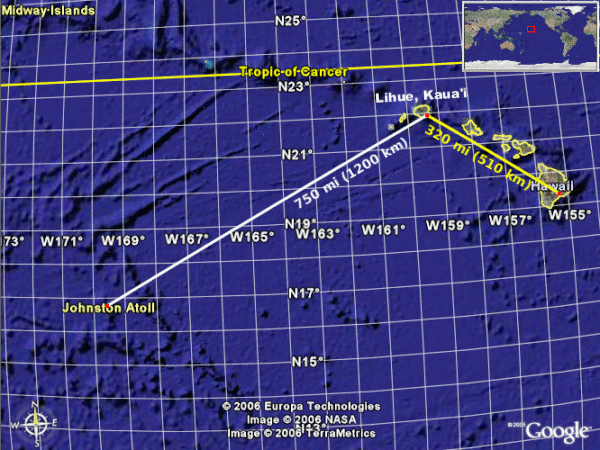
750 miles to Johnston from Kauai, just over twice the distance to the Big Island
Source: Google Earth. Click image to download location into Google Earth.
And some history of the populations on Johnston Atoll:
| 1797-1900 | US, British, and Hawaiian ships visit the islands and try to claim them [Jane Resture] |
| Sept 1909 | One lucky person leased the whole place from the Territory of Hawaii to mine guano [ibid.] |
| 1920’s | The island is made a bird sanctuary and naturalists conduct surveys [ibid.] |
| 1930-1940’s | The island is given to the US Navy who begin dredging and bulldozing to establish a plane and submarine refueling base [globalsecurity.org doesn’t give much population info but has a detailed description of the chemical weapons work] Johnston Island enlarged but before full expansion by the military 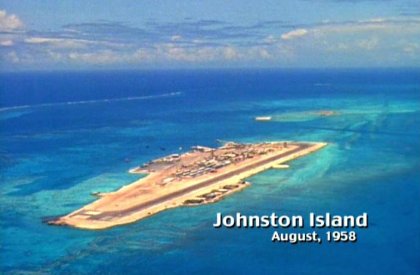 Source: http://home.earthlink.net/~markinthepacific/ |
| 1950-90’s | Johnston island is expanded from original 46 acres to 625 to host an average of 1,100 US military and civilian contractor personnel [Answers.com] |
| Jan 2004 | Around 200 people finishing the cleanup [ibid.] |
| May 2005 | All US government personnel left the island [CIA World Factbook, though it was June according to markinthepacific] |
With all of those “alumni,” there is even a message board and a website for the now dispersed community, with their own theme songs, beautiful underwater photos, and a video slideshow of life on the island. The slideshow has photos of some of the chemical weapons, the amazing infrastructure built to process them, the final dismantlement, and through it all, the people and sights on the island. Another island resident has posted a lot of photos up until his departure on the second to last flight. It really is/was a fascinating microcosm.





